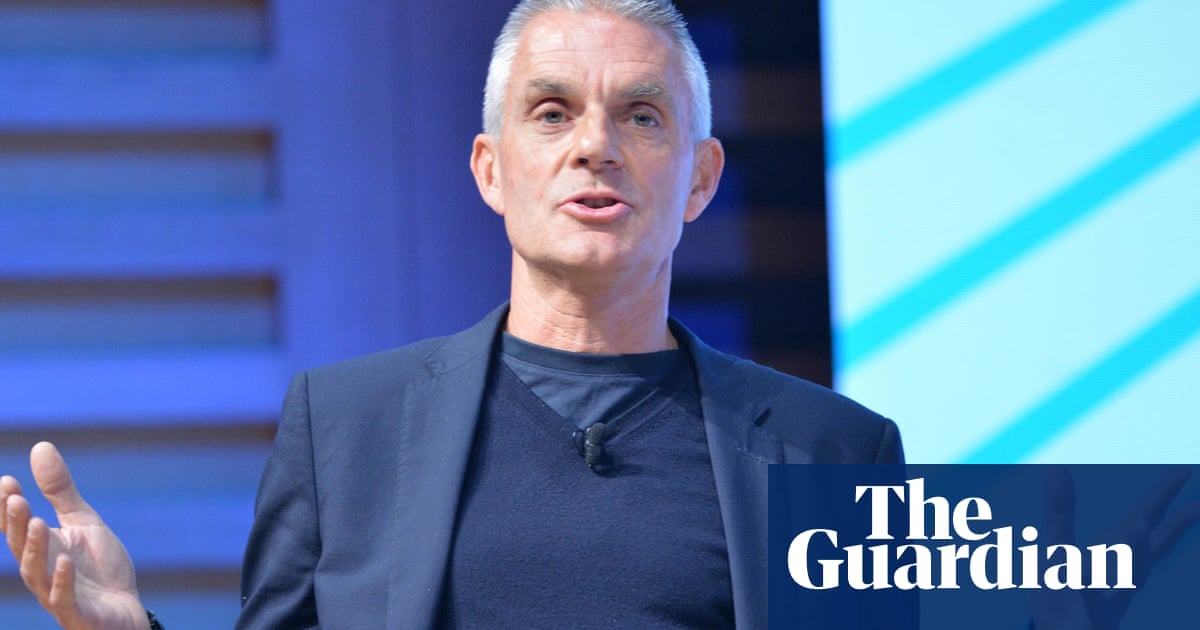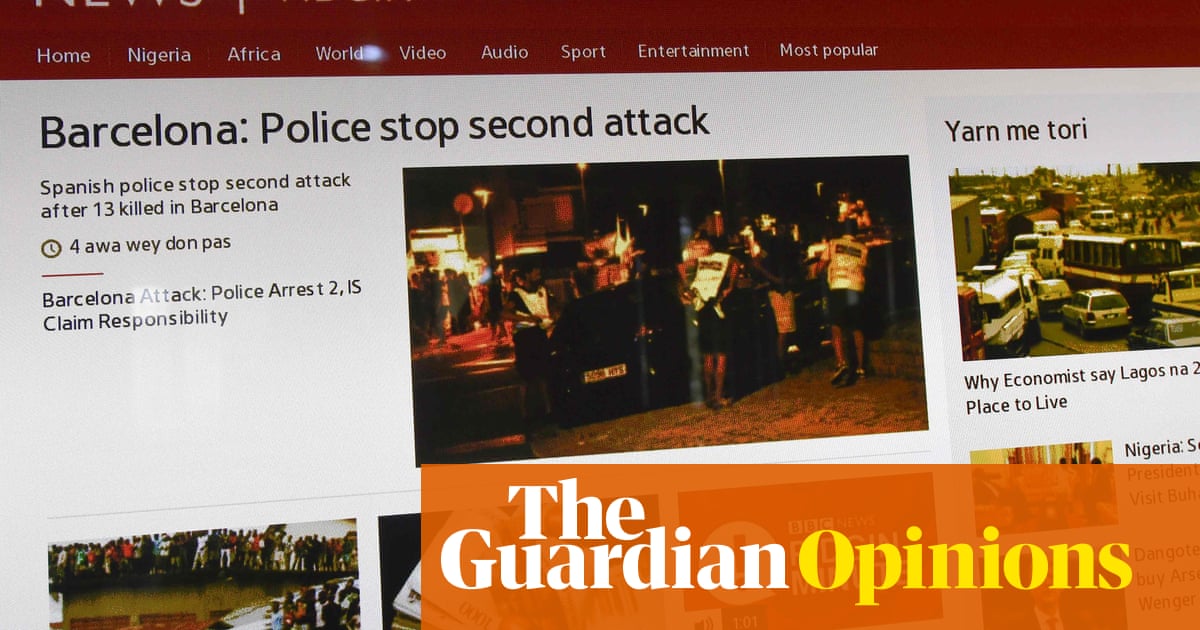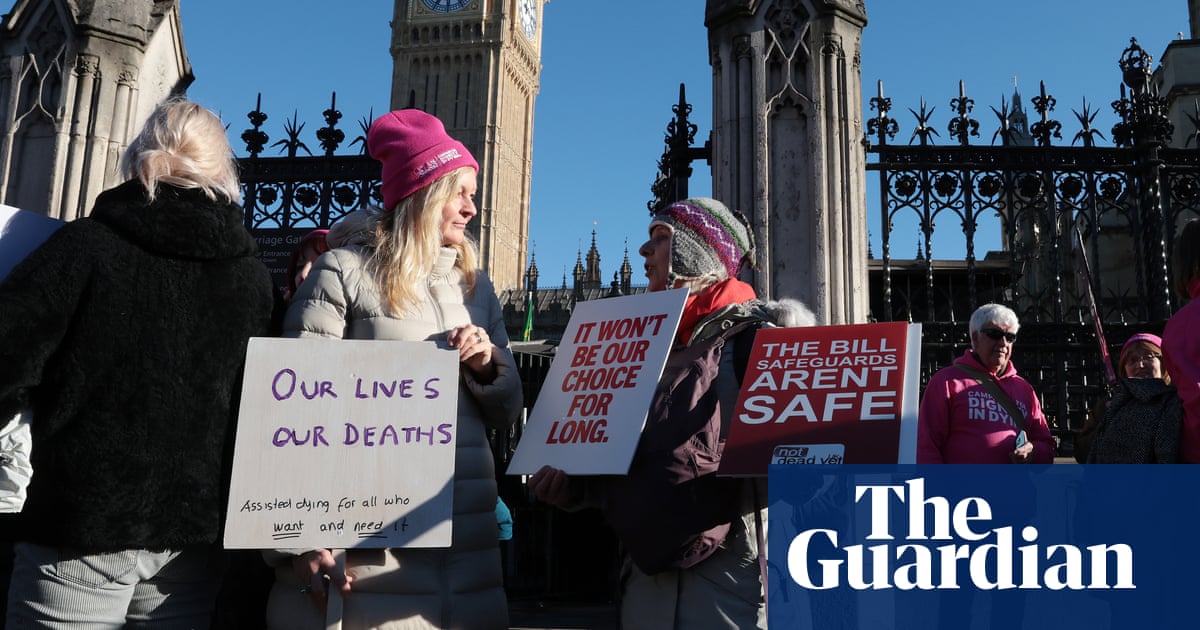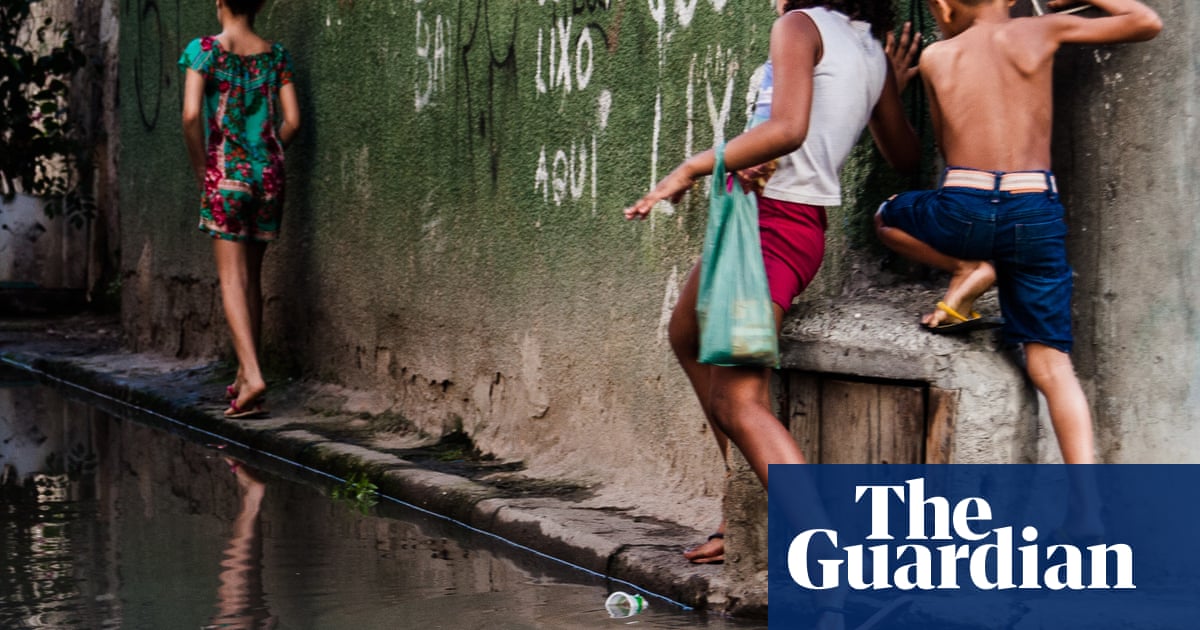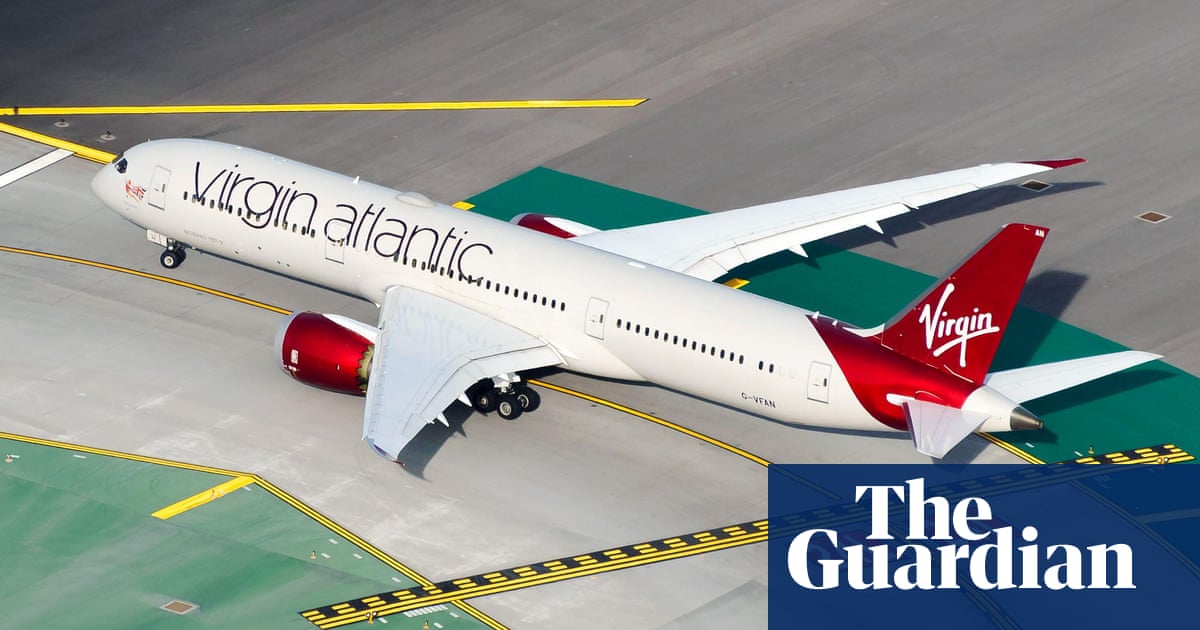Paris was once notorious for speeding traffic and a parking technique involving gently nudging cars to squeeze into a spot – but now it has topped a European ranking of cycling-friendly cities for children, leaving Amsterdam in second place and Copenhagen in the dust.
Analysing 36 European cities in terms of their cycling infrastructure’s suitability for children, the report found that the French capital had raced to the top thanks to investments for the 2024 Olympics and a €250m (£210m) initiative to build 112 miles (180km) of cycling lanes under Socialist mayor Anne Hidalgo.
Using data on segregated cycling lanes, low road speeds of 30km/h (18mph) and “school streets” on which traffic is limited, the non-profit Clean Cities Campaign (CCC) put the Belgium city of Antwerp in third place, before Brussels, Lyon, Helsinki, Barcelona, Bristol, Oslo and Ghent.
“Among the leading cities, some – such as Amsterdam and Copenhagen – are widely recognised as longstanding pioneers in progressive urban mobility, having started the re-design of transport infrastructure decades ago,” the report said. “Others – like Paris, Brussels and London – have achieved remarkable progress in just the past 10 years. This demonstrates that meaningful change is possible within a relatively short period of time.”
Child cycling mobility in cities is a key measure, the report says, because 70% of the EU population lives in urban areas, 14% of residents are under 14 and children are vulnerable road users. But Barbara Stoll, senior director of the CCC, said it was under pressure. “Children are less free to get around town and less active than they once were, especially girls,” she said.
Eight cities, primarily in southern, central and eastern Europe, were deemed by the report to be “under-performers,” including Marseille, France’s second city, Rome, Florence, Krakow, Budapest and, in last place, Sofia in Bulgaria. Across the continent, no city, Paris included, had done enough to warrant an “A” grade from the report’s authors.
Clément Drognat Landre, co-ordinator of the CCC in France, said that while low emission zones polarised opinion, most people supported safer bike space for children.
“One of the huge advantages is the reduction of pollution, which is a big health risk,” he said, adding that the creation of school streets had high levels of public support. “So far, it’s been a one-way journey.”
In Amsterdam, traditionally seen as a haven of two-wheels travel, there are concerns about the rightwing government increasing motorway speeds and a declining tradition of child cycling. “There’s a big difference between the cities and the national level,” said Maud de Vries, co-founder of cycling advocacy organisation BYCS. “Amsterdam is focusing on making sure people really feel a part of public space. But nationally, things need to speed up.”
Belgium – particularly the Flanders region – has invested seriously in cycling infrastructure, according to Wies Callens, policy officer for its Fietsersbond cycling association. “The adage is ‘build it and they will come’,” he said. “Ghent’s circulation plan has meant a big improvement for cyclists, especially children and young adults cycling to school because there’s less car traffic.”
after newsletter promotion
Employer salary sacrifice bike schemes are often used for “bakfiets” (cargo bikes) or longtail bikes with a back seat to carry children – although the last Brussels government’s cycling policy had its critics. “There was a huge protest from the rightwing against what they call in Flemish bakfietsbobo yuppies,” said Callens.
Helsinki recently reduced speeds to 30km/h on almost all local streets in residential areas – which has certainly “reduced the number of crashes,” says Roni Utriainen, a traffic engineer in the city.

.png) 7 hours ago
5
7 hours ago
5


